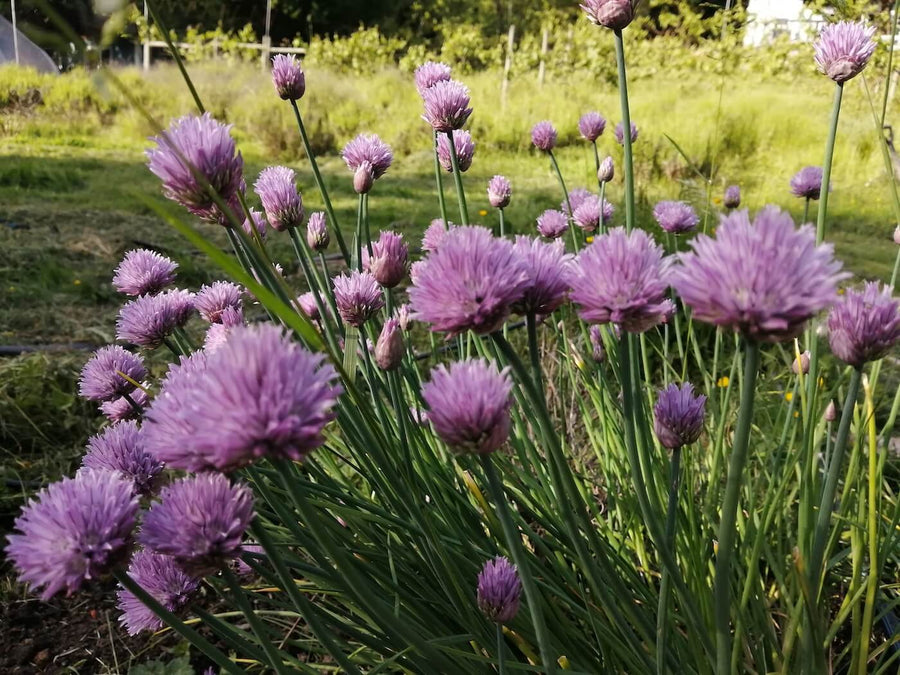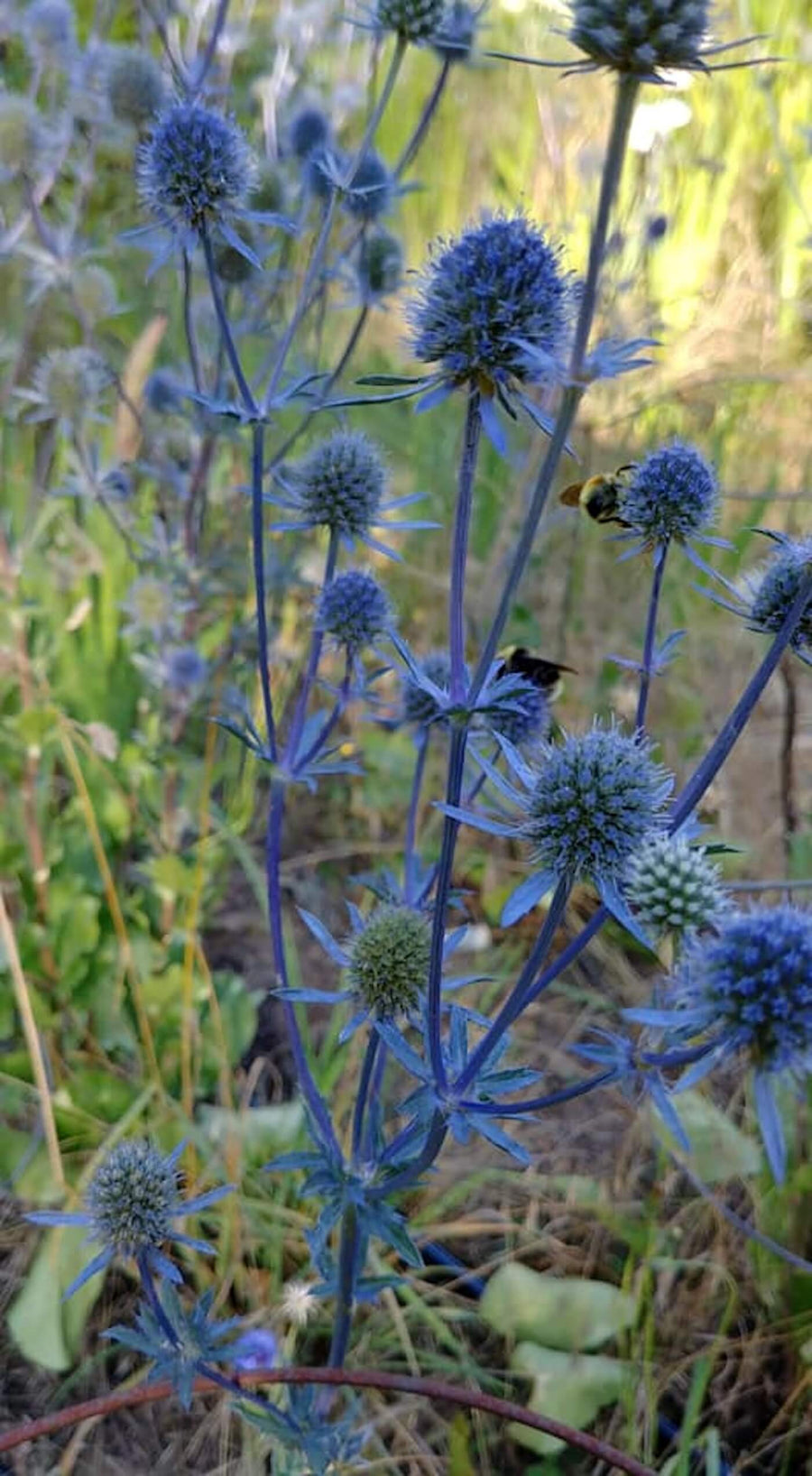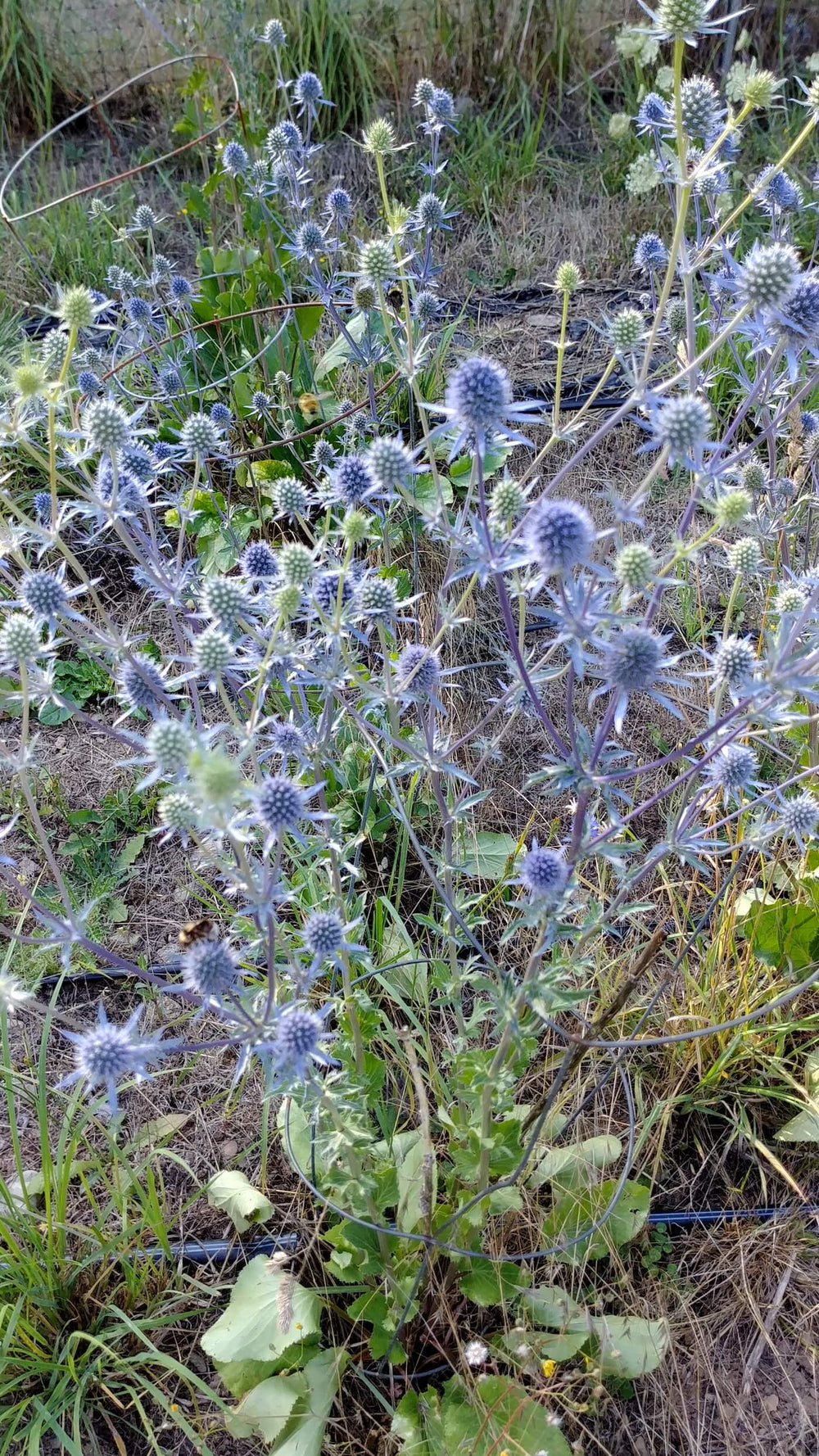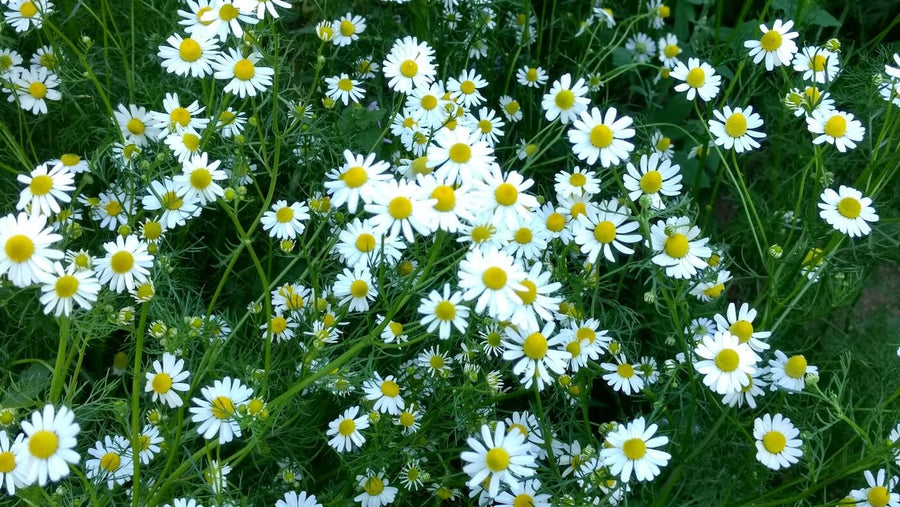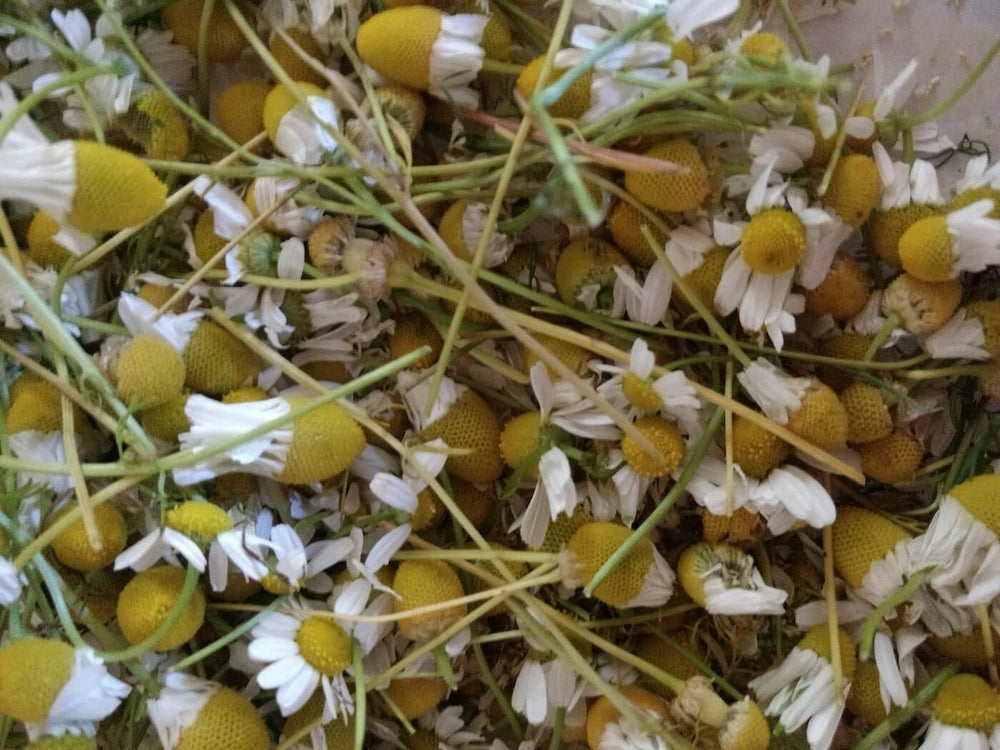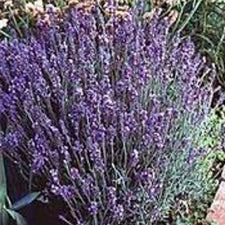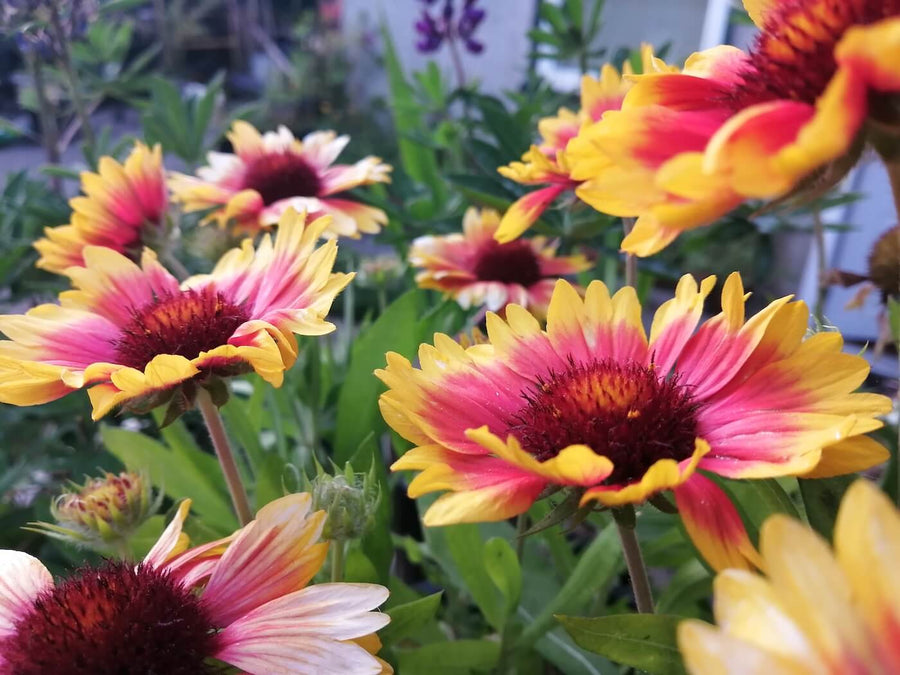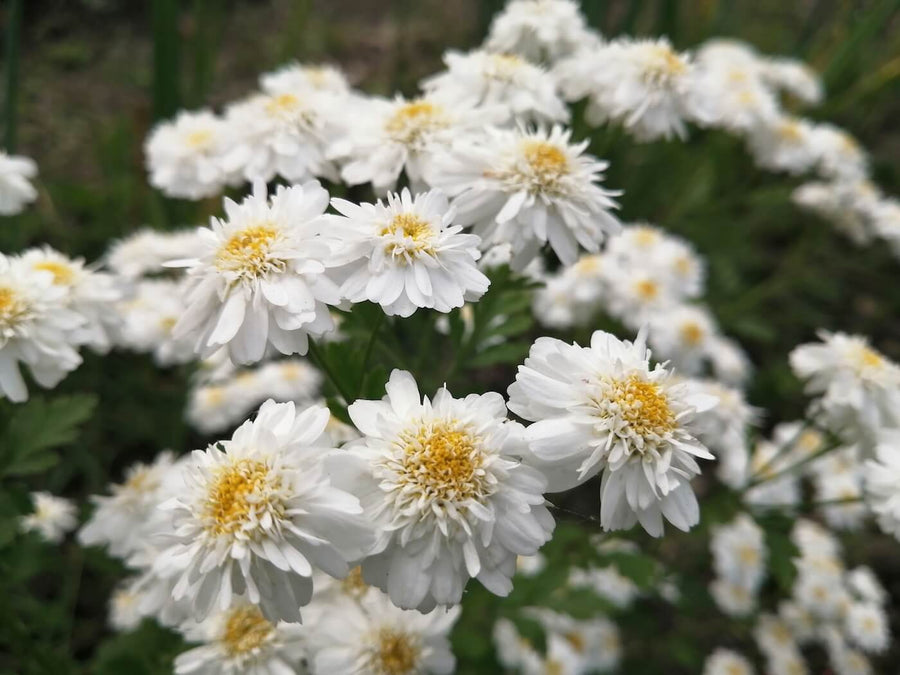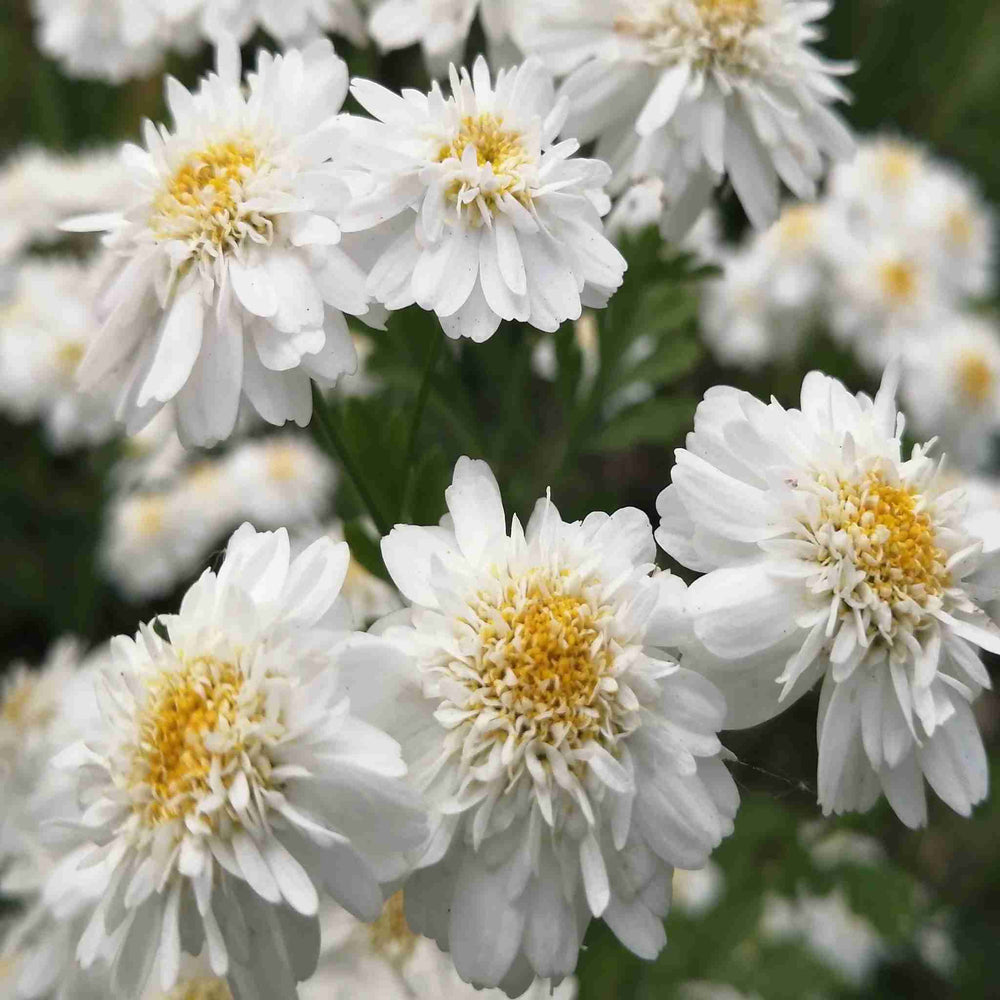Chives
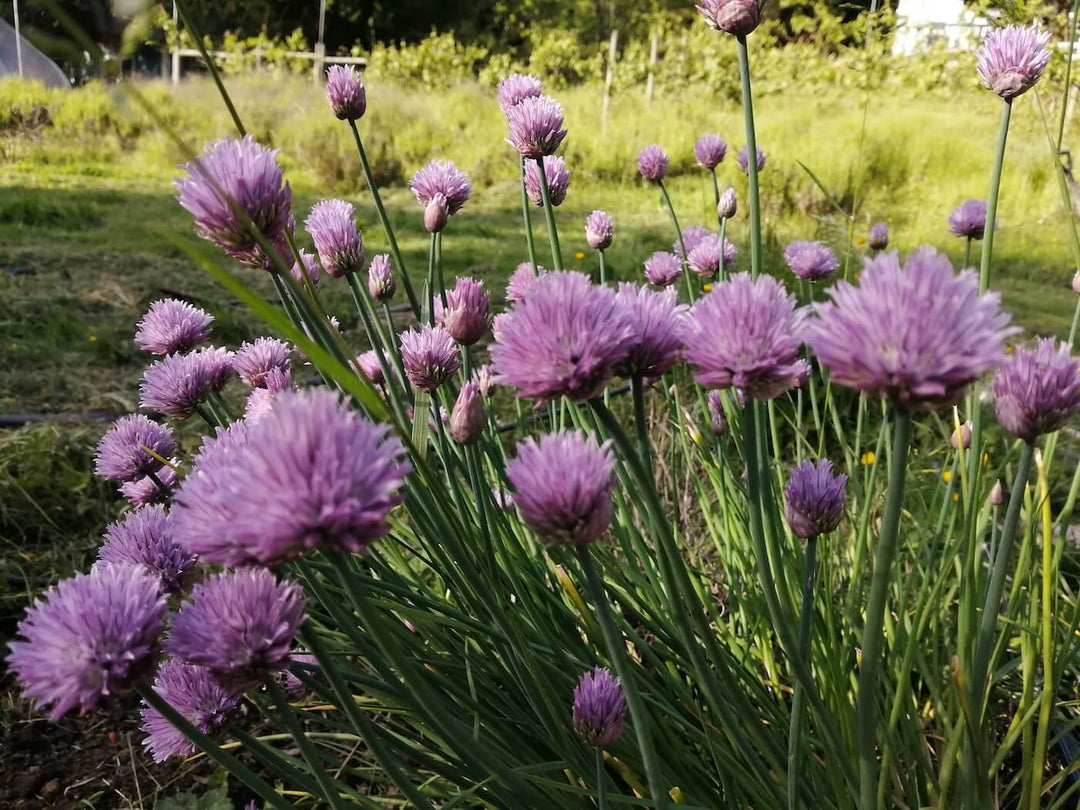
Chives
- Seeds per pack: 100+
Seed Details
Cold hardy and easy to grow. Chives produce best in the rich well-drained soil. Plant throughout your garden, as it has a long history of natural insect control in the garden. A must-have for any healthy vegetable garden. Flowering chives slender, cylindrical leaves appear in early Spring. Flowering chives has an edible flower that appears in June and July. The stems and the light purple florets both have a pleasantly mild onion flavour for an attractive & tasty topping for baked potatoes, salads and soups.
Instructions
Direct seed at 2 mm deep. Chives will grow in ordinary garden soil and are best sown in groups to aid with the clumping effect. Beds should be replanted every 3 to 4 years and beyond weeding between the clumps no extra care is needed.
-
Receive by:
1 Jan 2026 - 8 Jan 2026
- Free shipping over $40
- Fulfilled within 48-72 hours
- Secure payments
- In stock, ready to ship
- Inventory on the way


| Type: | Herbs |
| Seed #: | 162 |
| Variety: | Heirloom |
| Colour: | green |
| Temperature (C): | 15 - 20 |
| Zone: | 2+ |
| Blooms: | 75 days |
| Site: | Full Sun or Part Shade |
| Quantity: | 100 |
| Height (cm): | 20 - 30 |
| Spread (cm): | 25 - 30 |
Chives grow well in loamy soil well-drained soil. They are great companion plants for most other plants except peas and beans. The bonus of planting chives as 'garden guardians" even if you aren't a fan of eating them is, the chive odour masks other precious plants odours from damaging insects and other wildlife and their flowers are a haven for bees and other pollinators.
In traditional medicine, apart from stimulating digestion, treating anemia, and enhancing the immune system, chives were eaten to treat and purge intestinal parasites. They have also been used in alternative medicine as a cure for colds and flu, and as an appetite stimulant.
Chives are from China and were introduced to Europe by the famed traveller, Marco Polo. Chives were more than likely known to the Ancients as it grows wild in Italy and Greece. Although it is said to be a native of Britain, it is rarely seen in an uncultivated state.


